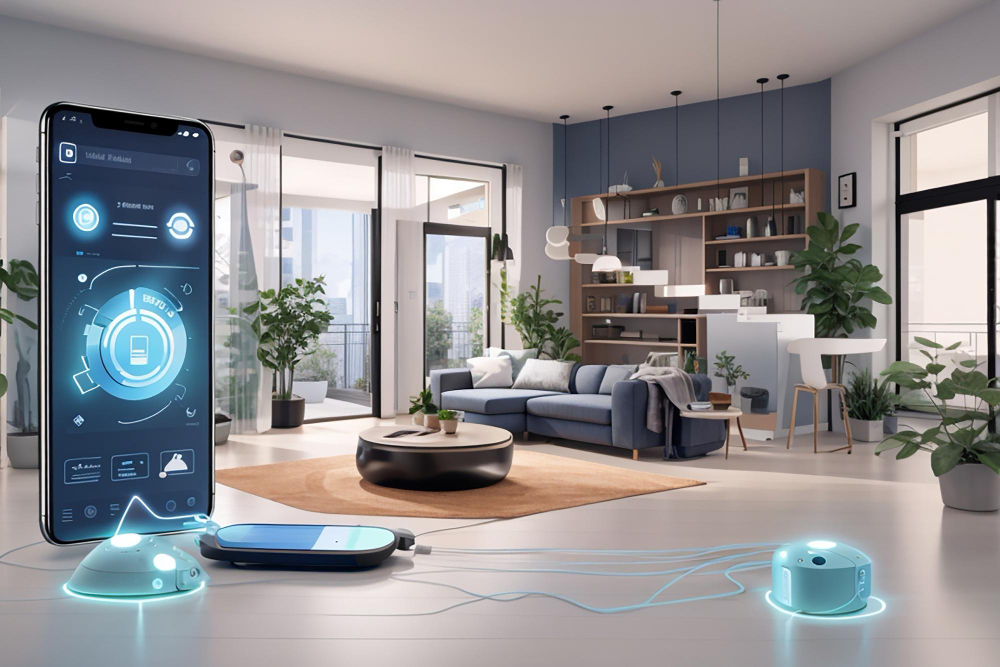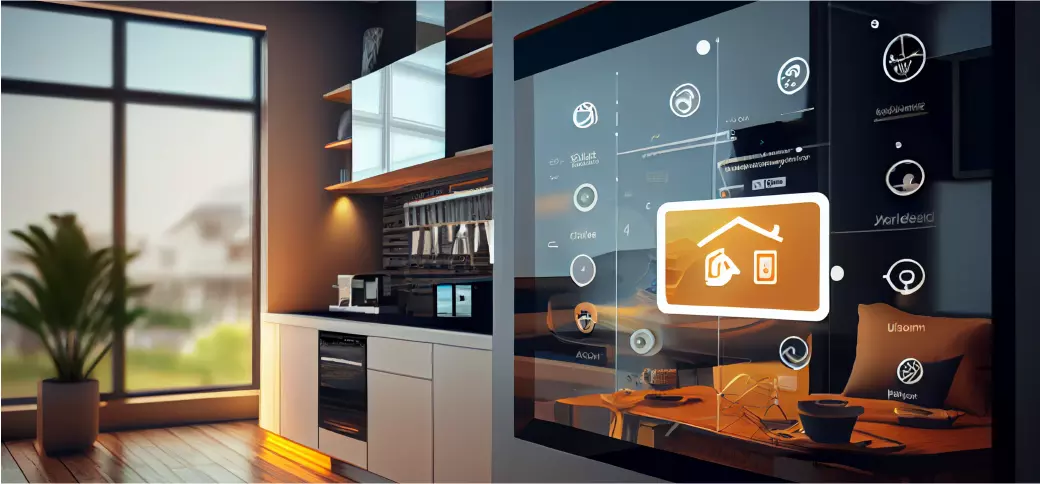Smart Homes: The Ultimate Guide to Home Automation in 2024
- 1 The Evolution of Home Automation
- 2 Key Components of a Smart Home
- 2.1 Smart Lighting
- 2.2 Smart Thermostats
- 2.3 Smart Security Systems
- 2.4 Smart Appliances
- 2.5 Voice Assistants
- 3 Benefits of Home Automation
Welcome to the world of smart homes! Imagine living in a house where your lights adjust themselves, your thermostat learns your schedule, and your security system monitors everything 24/7. Sounds futuristic, right? Well, in 2024, this is not just a dream but a reality for many homeowners. This guide will walk you through everything you need about home automation and how to turn your house into a smart home.
The Evolution of Home Automation

Early Beginnings
Home automation started with simple remote controls for lights and appliances. Remember the clapper lights? Those were the humble beginnings. Over the years, technology has evolved, leading to more sophisticated systems.
Technological Advancements
Fast forward to today, and we have an array of interconnected devices that can be controlled via smartphones or voice commands. Integrating the Internet of Things (IoT) and Artificial Intelligence (AI) has revolutionized home automation.
Key Components of a Smart Home

Smart Lighting
Bright lighting allows you to control your lights remotely. You can set schedules, dim lights, or even change colours based on your mood. Brands like Philips Hue offer extensive options.
Smart Thermostats
Like the Nest, a smart thermostat learns your habits and adjusts the temperature accordingly. It saves energy and ensures your home is always at a comfortable temperature.
Smart Security Systems
Intelligent security systems, from video doorbells to motion sensors, keep your home safe. Companies like Ring and Arlo offer comprehensive solutions.
Smart Appliances
Your fridge can now tell you when you’re out of milk! Smart appliances connect to your home network and provide real-time updates and control.
Voice Assistants
Voice assistants like Alexa, Google Assistant, and Siri are the backbone of home automation. They allow you to control all your smart devices with simple voice commands.
Benefits of Home Automation

Convenience
Imagine coming home to a house that prepares itself for you. Lights turn on, your favourite music starts playing, and the temperature is just right. Home automation offers unparalleled convenience.
Energy Efficiency
Smart devices optimize energy usage, helping you save on your utility bills. Smart thermostats, for instance, can significantly reduce energy consumption.
Security
Enhanced security features protect your home from intruders. Real-time alerts and remote monitoring keep you informed and in control.
Cost Savings
While the initial setup might be pricey, the long-term savings on energy bills and enhanced security are worth it.
How Smart Homes Work
Central Control Systems: A central control system is at the heart of a smart home. This could be a hub like Samsung SmartThings or a voice assistant. It connects all your devices and allows seamless control.
Integration of Devices: Smart homes work through the integration of various devices. These devices communicate with each other using protocols like Wi-Fi, Zigbee, or Z-Wave.
Popular Smart Home Technologies in 2024
Internet of Things (IoT): IoT is the backbone of smart homes. It connects devices, enabling them to share data and function together seamlessly.
Artificial Intelligence (AI): AI makes your smart home intelligent. It learns your habits and preferences, providing a personalized experience.
Machine Learning: Machine learning takes AI a step further. It allows devices to predict your needs and automate tasks without manual input.
Setting Up a Smart Home
Choosing the Right Devices: Start by identifying your needs. Do you want better security, convenience, or energy efficiency? Choose devices that meet these criteria.
Installation Tips: Read manuals, watch tutorials, and don’t hesitate to seek help. Proper installation is crucial for optimal performance.
Integrating with Existing Systems: Ensure your new devices are compatible with your existing systems. This ensures smooth integration and functionality.
Top Smart Home Brands and Products
Amazon: Amazon offers a wide range of smart home devices, from the Echo speakers to Ring security systems.
Google: Google’s Nest lineup includes thermostats, cameras, and more, all designed to work seamlessly together.
Apple: Apple’s HomeKit provides a secure and easy way to control your smart home using your iPhone or iPad.
Samsung: Samsung SmartThings is a versatile hub that connects a wide range of smart devices, providing comprehensive home automation.
Smart Home Security Concerns
Data Privacy: Your smart home generates a lot of data. It’s crucial to ensure this data is secure and your privacy is protected.
Hacking Risks: Smart homes can be targets for hackers. Using strong passwords and keeping your software updated can mitigate these risks.
Mitigating Security Risks: Regularly update your devices, use encrypted networks, and be aware of the data your devices are collecting.
FAQs
1. What is the first step to setting up a smart home?
Start by identifying your needs and choosing a central control system like a smart hub or voice assistant. Then, gradually add compatible devices.
2. Can smart homes save money on energy bills?
Yes, smart homes can optimize energy use, reducing your bills. Smart thermostats, lights, and appliances are designed to be more energy-efficient.
3. Are smart homes secure?
Smart homes can be secure if proper measures are taken. Use strong passwords, keep your devices updated, and ensure your network is protected.
4. Can I retrofit my old home to be a smart home?
Absolutely! Smart home technology can be integrated into any home, regardless of its age. Start with a few key devices and expand over time.
5. What are the most popular smart home systems?
Popular systems include Amazon Alexa, Google Home, and Apple HomeKit. Each has its strengths, so choose one that best fits your needs and existing devices.

















